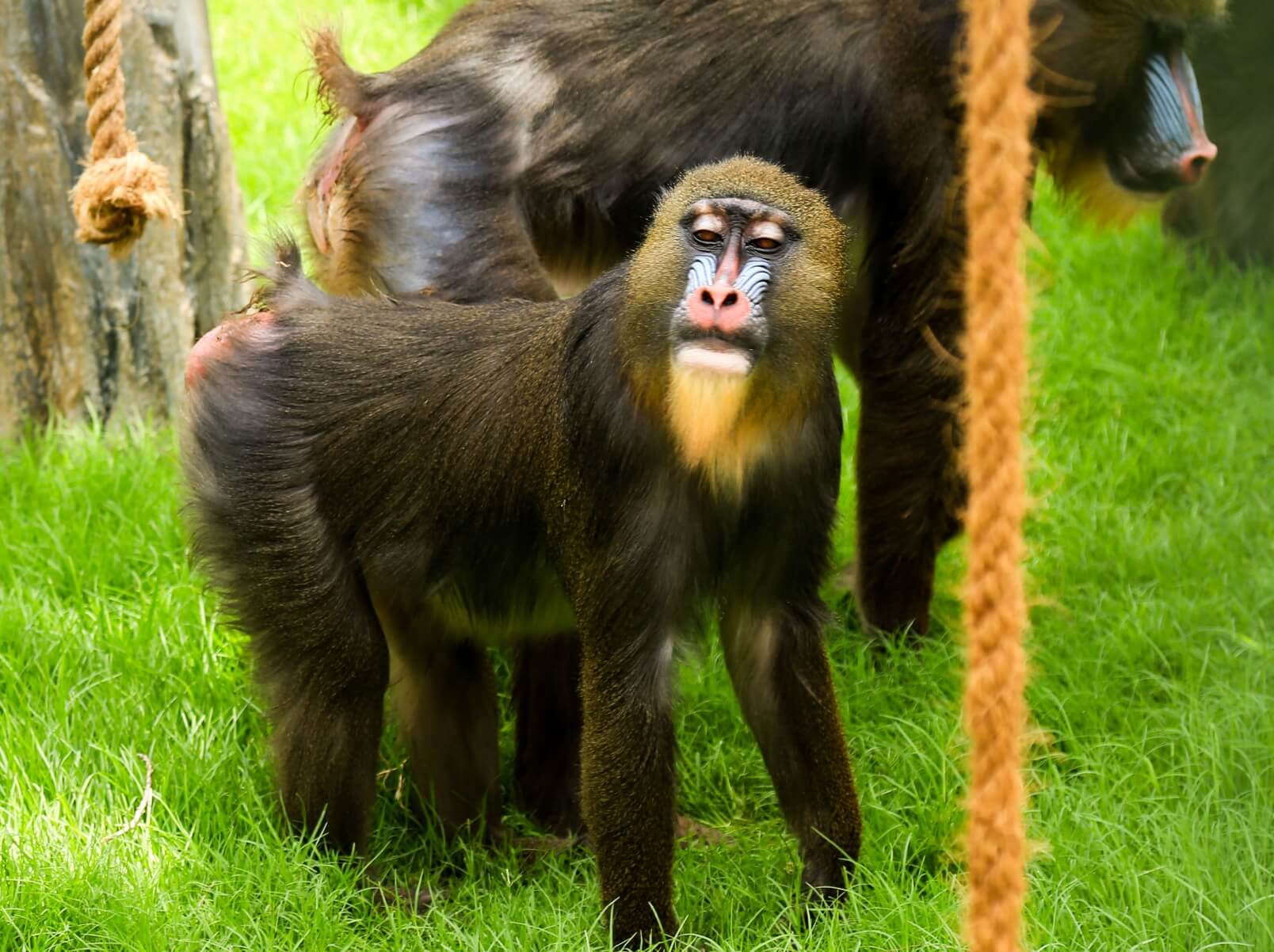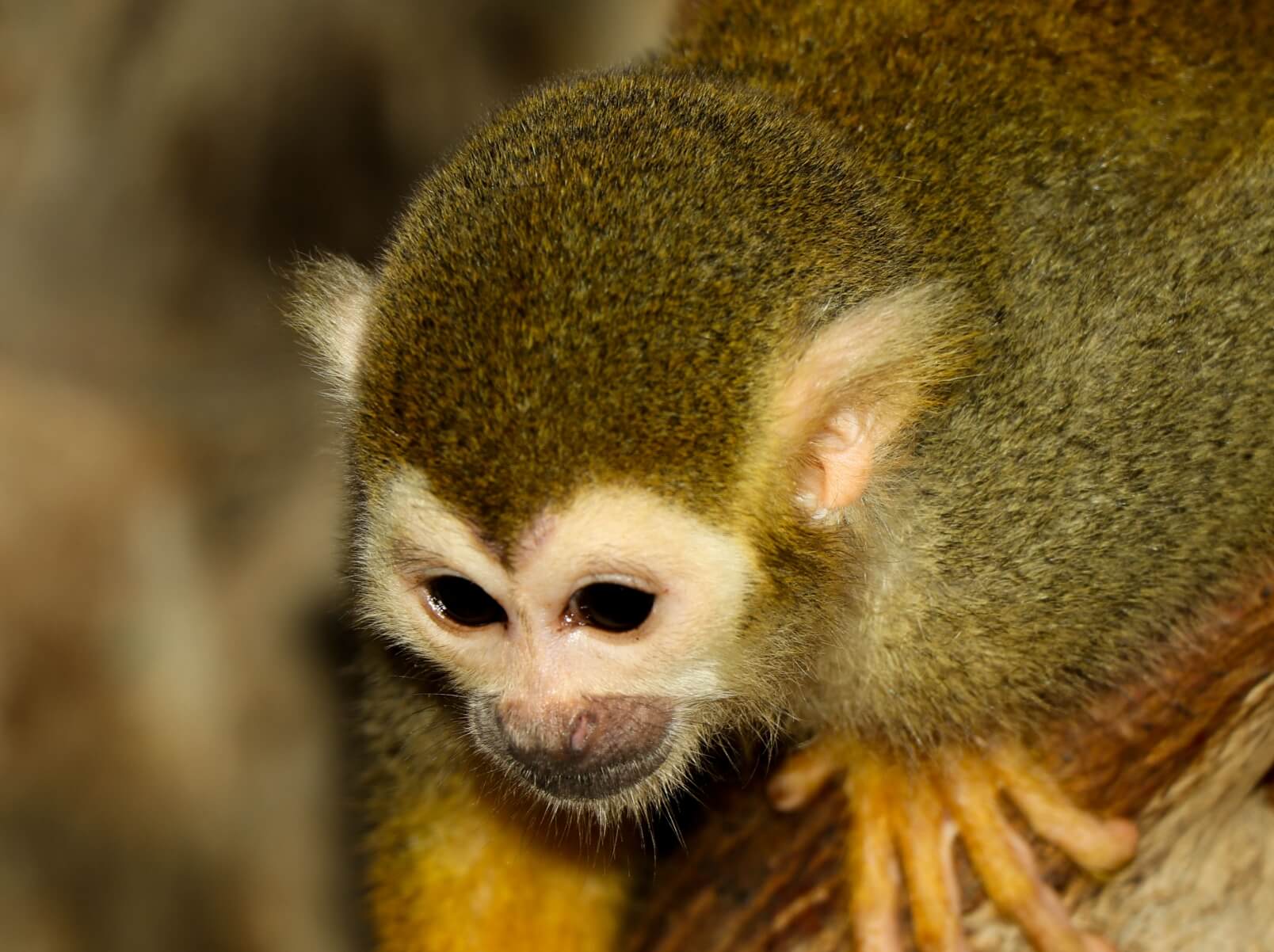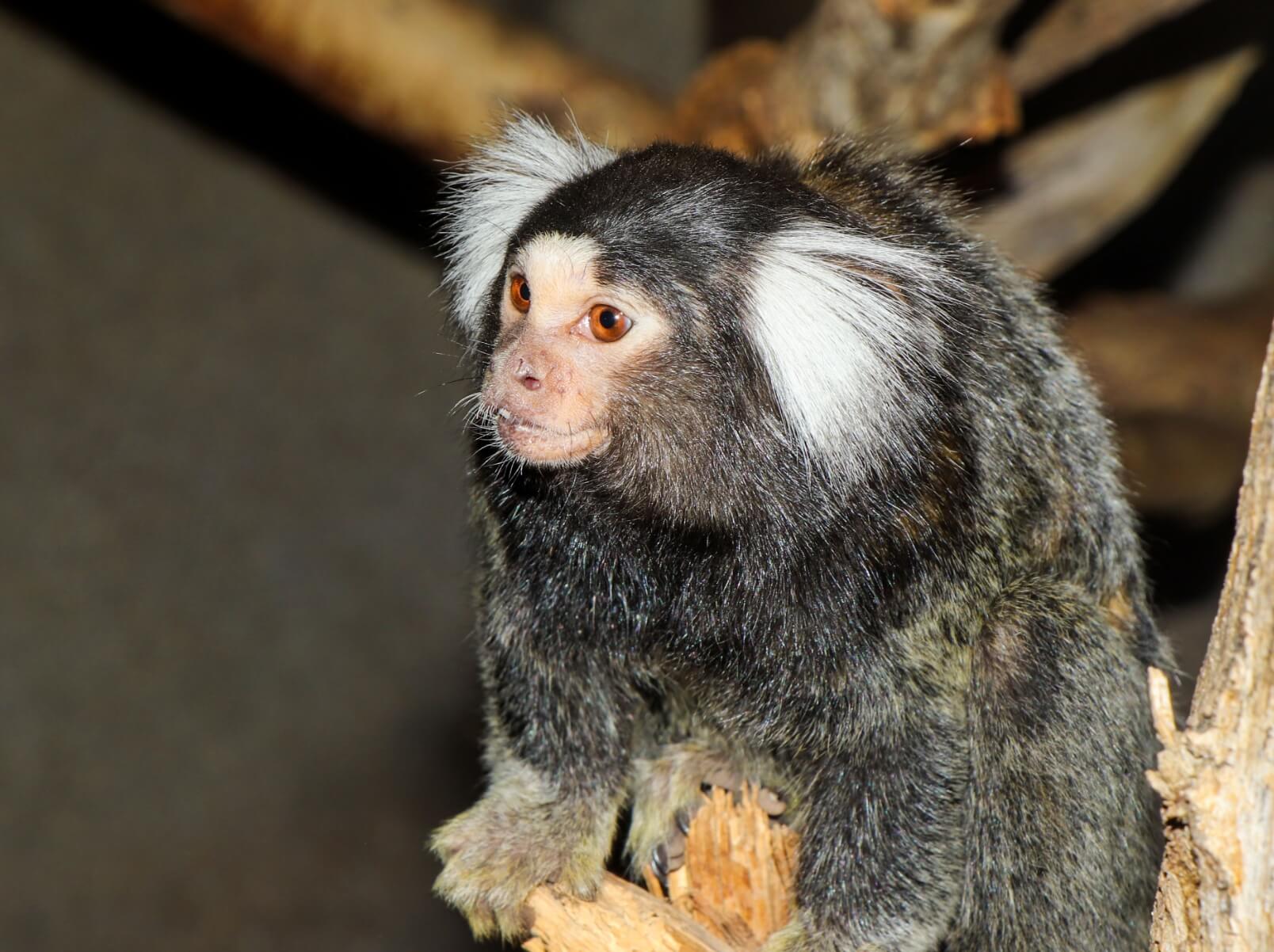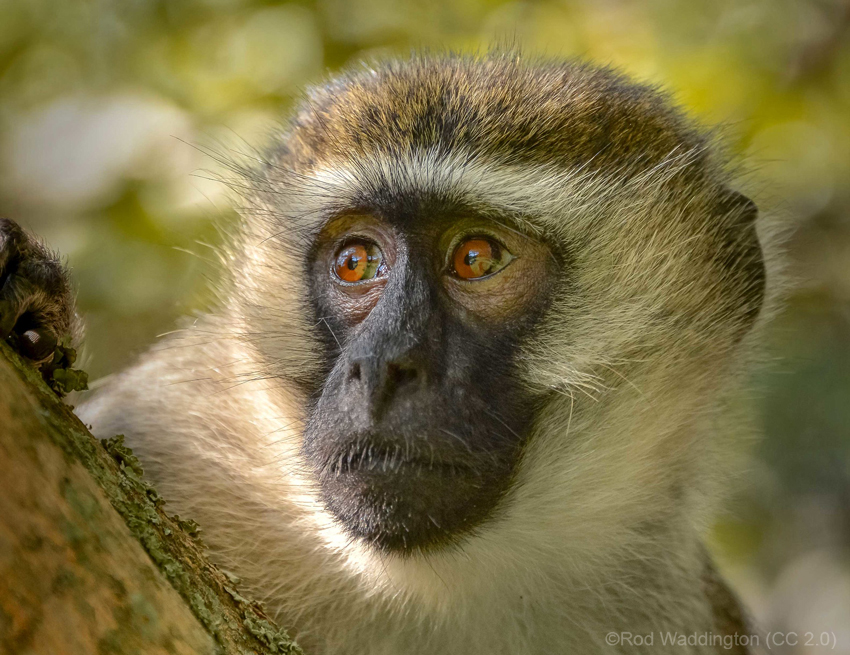INTERESTING FACTS
Tufted Capuchins are round-headed and stockily built, with fully-haired prehensile tails and opposable thumbs. They are varying in color from light brown to mustard yellow to black. The shoulders and underbelly are lighter than the rest of the body. Facial patterns are variable among individuals. Most traveling is done quadrupedally by leaping and climbing. Capuchins are diurnal, which means they are most active during the day. They live in large social groups of up to 30 individuals. the group is led by a dominant male. Communication consists of scent marking, which involves urine washing and chest rubbing, gestures and facial expressions, and vocalizing. Parenting is left to the females, although males are tolerant of juveniles. They are considered the most intelligent of new world monkeys and tool use is common when foraging for food. Their gestation period is around 180 days and produces one offspring.
CONSERVATION MESSAGE
The biggest threat to the tufted capuchin is habitat loss and fragmentation and hunting in some areas they are under control as a pest. They breed anytime during the year and have a remarkable ability to adapt quickly to environmental changes are kind of advantages that have reduced the impact of threats such as habitat destruction and hunting. But this will not help them to feel safe if habitat loss and hunting persist. Learning and sharing the information and raising awareness can help to save overall species.
CONSERVATION STATUS
Least Concern
LIFE SPAN
15 - 25 years (wild) Up to 45 years in Captivity
NATIVE HABITAT
Rain forests in south America
DIET
Omnivore
WEIGHT
1.9-4.8kg
LENGTH
Head-body 32-57cm tail 38-56cm
Related Animals
More Animals




